Taiyo Coates’ bylines speak for themselves. A seasoned hip-hop and R&B journalist/editor, he has published over 250 articles, playlists, interviews, and live music reviews. Most notably for Variety and HotNewHipHop. From his vivid review of Kendrick’s ‘The Big Steppers’ Tour to his unbiased coverage of Kanye West, to last year’s write-up on Saba’s Few Good Things (our selection for AOTY in 2022), Taiyo’s measured, concise style captivates readers searching for the essence of the music they love.
“My responsibility is enlightening on the art, while also putting value in the fact that it is Black Art itself. That means making sure that it’s understood that it’s ours, but it’s good because it’s good, not just because it’s Black.” -Taiyo Coates
Also an experienced artist development consultant, Taiyo has worked directly with over 500 artists at varying career stages to improve their sound, strategy, and public image.
As important as his pedigree as a journalist and artist whisperer is Taiyo’s passion for advancing culture. He consistently identifies and challenges shortcomings in music journalism and the industry as a whole. Frequently offering actionable solutions to long-standing issues.
We were lucky enough to speak to Taiyo about his experience in the space, breaking our conversation into three distinct sections.
- Responsible Journalism & Black Art
- Music Industry Hiring/HR Practices
- Artist Development
Over the next three weeks, we will release a segment at a time in this three-part interview. Today’s topic will focus on journalistic integrity as it pertains to Black Art.
Today’s Hip Hop: Great to have you Taiyo. So I’ll start with, what are your primary responsibilities as a journalist covering Black Art?
Taiyo Coates: For sure. I view journalism the same way that I view Black Art, right? My intention is to always put the art first. That’s the most important thing as I’ve realized the external pitfalls of putting “Black” first. Sometimes, it takes away from the art because people view it as, oh, this is Black Art so it’s automatically great, rather than holding it to a high standard. And other times, Black Art gets disrespected because it’s Black Art, you know? We have to toe the line between the two. So my responsibility is enlightening on the art, while also putting value in the fact that it is Black Art itself. That means making sure that it’s understood that it’s ours, but it’s good because it’s good, not just because it’s Black.
THH: No doubt. And building off that point, a ton of publications that have global recognition for covering Black Art tend to focus on gossip or topics that fall outside the music. Why do you think that is?
TC: That’s a really good question because it’s multifaceted, right? Partially it is us, it really is. A large percentage of the black audience is interested in gossip, which isn’t their fault either. It’s what they’re pushed. If you push gossip to a 16-year-old who’s super impressionable, you push the same content to them consistently, they start looking for that content and reciprocating it as they get older.
THH: So how do we change that?
TC: It changes if these publications start thinking, “I’m not looking for engagement first, and I’m making it a point to generate positive conversations on Black Art. Positive, Black conversations.” So that becomes what people are looking for. If I take a step back and decide we’re not doing gossip this week or this month, we’re doing all positivity, let’s see what, we can make. The numbers are gonna eventually trickle in because people are gonna be like, this is where I come for these specific kinds of conversations. Versus, if I run gossip all the time and then post one positive article, the audience is going to think, “I came here for the gossip. We’re not gonna click on it.”
That means starting from the positivity and then working our way around that. And of course, on the gossip side of things, the most important aspect is to hold these conversations responsibly. I feel like a lot of times it becomes gossip versus information. Negative stuff happens in every community. It is definitely our job to report this stuff so people can be informed, but the tone in which we report these things is important. The language we use is important.
THH: With those factors in mind, you’re saying that there are times that gossip should be covered, as long as it’s done in a journalistically responsible way?
TC: 100%. It’s the direction in which you cover it that’s the important thing. Kanye is a great example. Just an easy name to point out. When I was at HotNewHipHop, I covered a lot of Kanye, but there were members of the team that didn’t have his best interests in mind. You feel me? I would report what’s going on with him because it’s essential. He’s one of the pioneers. One of the best artists of all time. But he still has some troubling issues that we have to cover because he’s so big. If you get that information from the wrong source or publication, they’ll misconstrue it. So, I’d always make it my job to inform people without belittling him as a human being. And that’s a really important aspect of covering someone that has a huge impact on the culture, our demographic, and music itself.
THH: Headlines play into that too, right?
TC: I feel like headlines are becoming incredibly irresponsible as well because they don’t realize that kids and teenagers won’t click the article. They’ll only click the headline. Some of them do know that, and they still write irresponsible headlines on purpose so they can get the clicks.
But if we do headline testing correctly and responsibly, then the information you need is right there. Just the headline is all you need to see. If we do that correctly, then it’ll combat the whole, dying breed of publications. Because it’ll allow people to have the correct information in this link versus it just looking at the link and seeing gossip, you know?
THH: And what sources do you personally trust to uphold that journalistic integrity and put Black Art first?
TC: The publications that I trust most are music-first. For example, Earmilk is definitely one of the publications I would go to for music and new artists. Even though they tend to do a lot more underground or smaller artists. I still would rather go there for the music.
Vibe does a really good job as well. Vibe still carries the same flame that they did when they were first created. You know, like there’s a lot of intention behind what’s going on over there, and I feel like they still uphold their place. SOHH (Support Online Hip Hop) is definitely another good one.
Even more than blogs, I trust alternative spaces now. Spotify, when you go to their actual stories and podcasts that are generated through them, you feel me? The Big Hit Show is another, their coverage of Kendrick was great.
Overall, I feel like publications nowadays aren’t necessarily where I would even go for this information. Go directly to alternative platforms and DSPs, and you’ll see specific instances of people covering black art in the correct ways. Not to knock pub publications, but we’re moving into a different digital media space. Even the stuff that I’m doing right now and the movements that I’m making behind the scenes are to create a space where publications meet audio-visual content.
Check in next Friday for Pt. 2 of our conversation with Taiyo, which will focus on music industry hiring/HR practices.


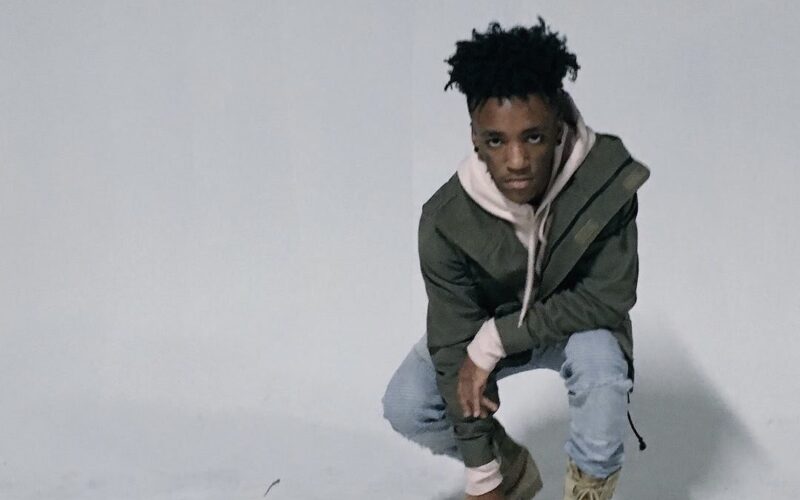



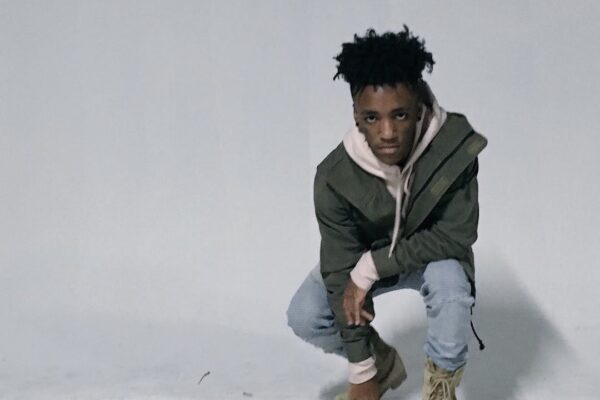
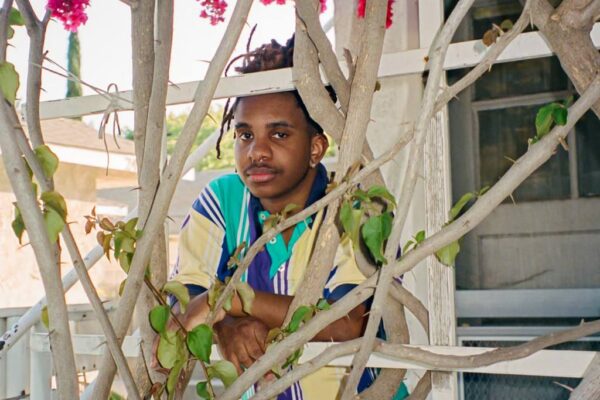
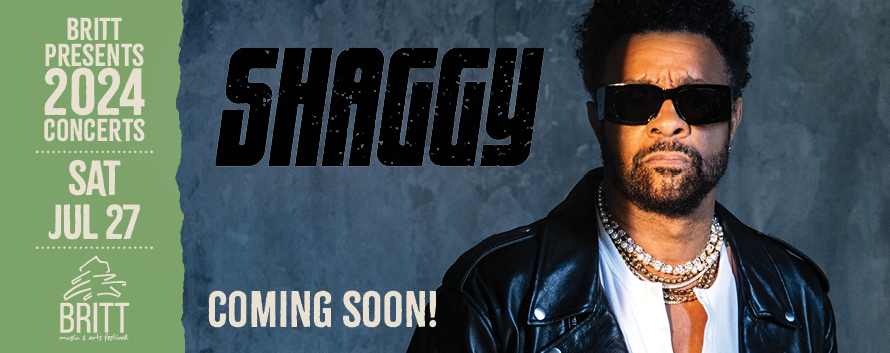
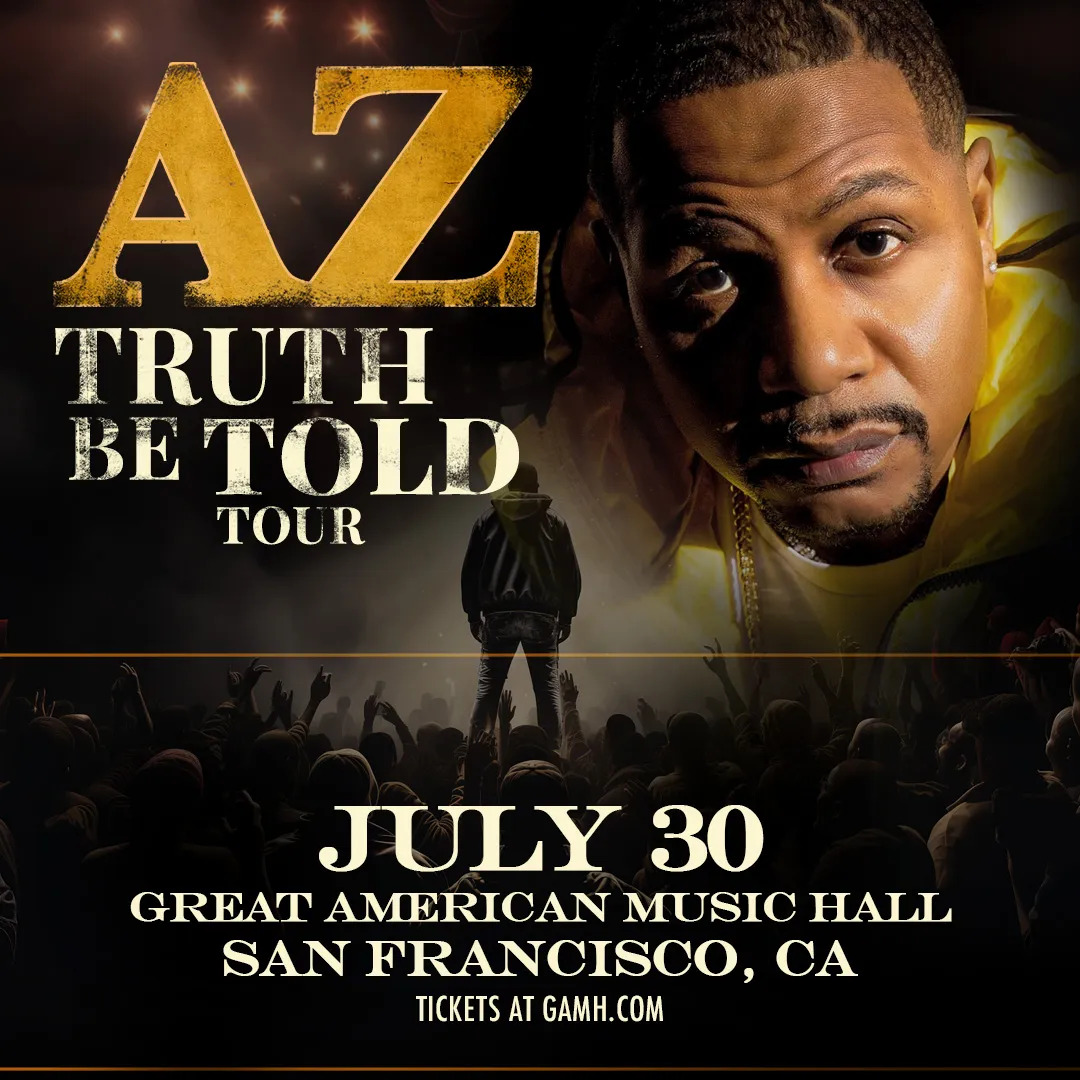
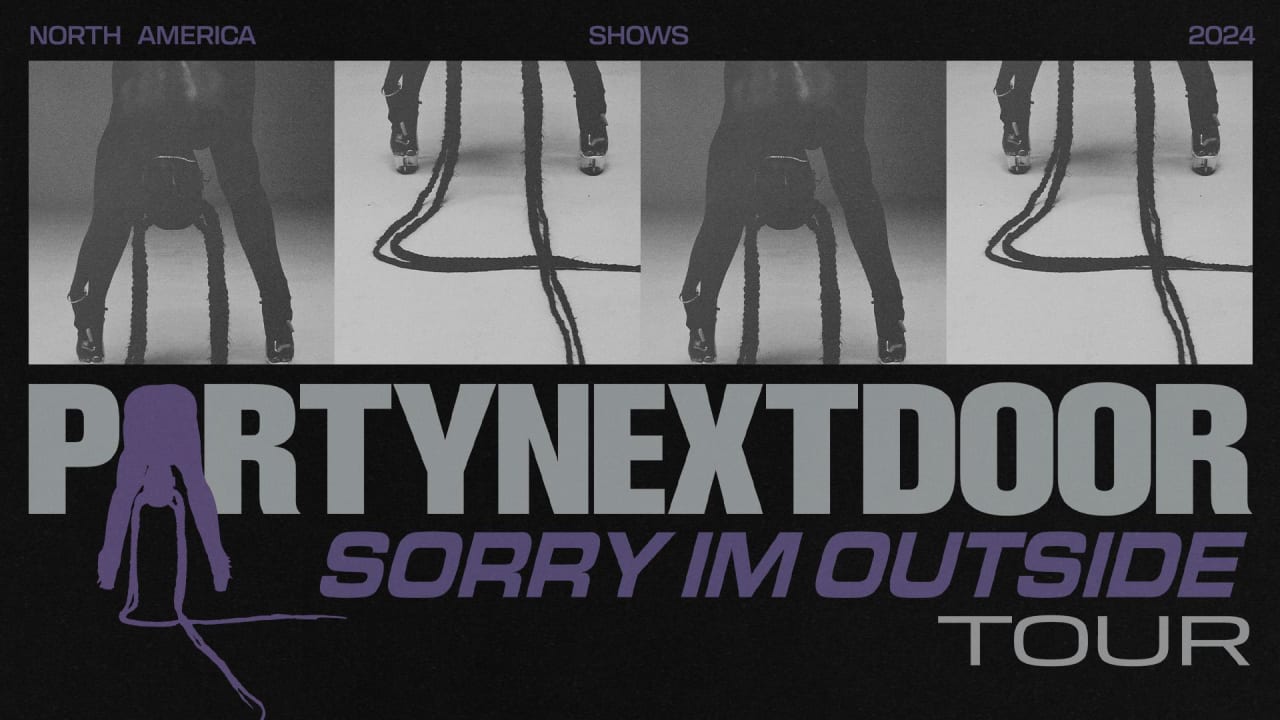



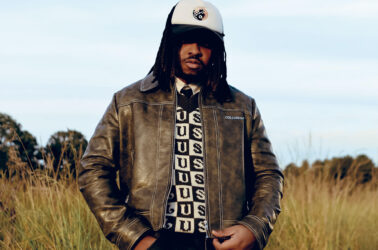
Leave a Reply